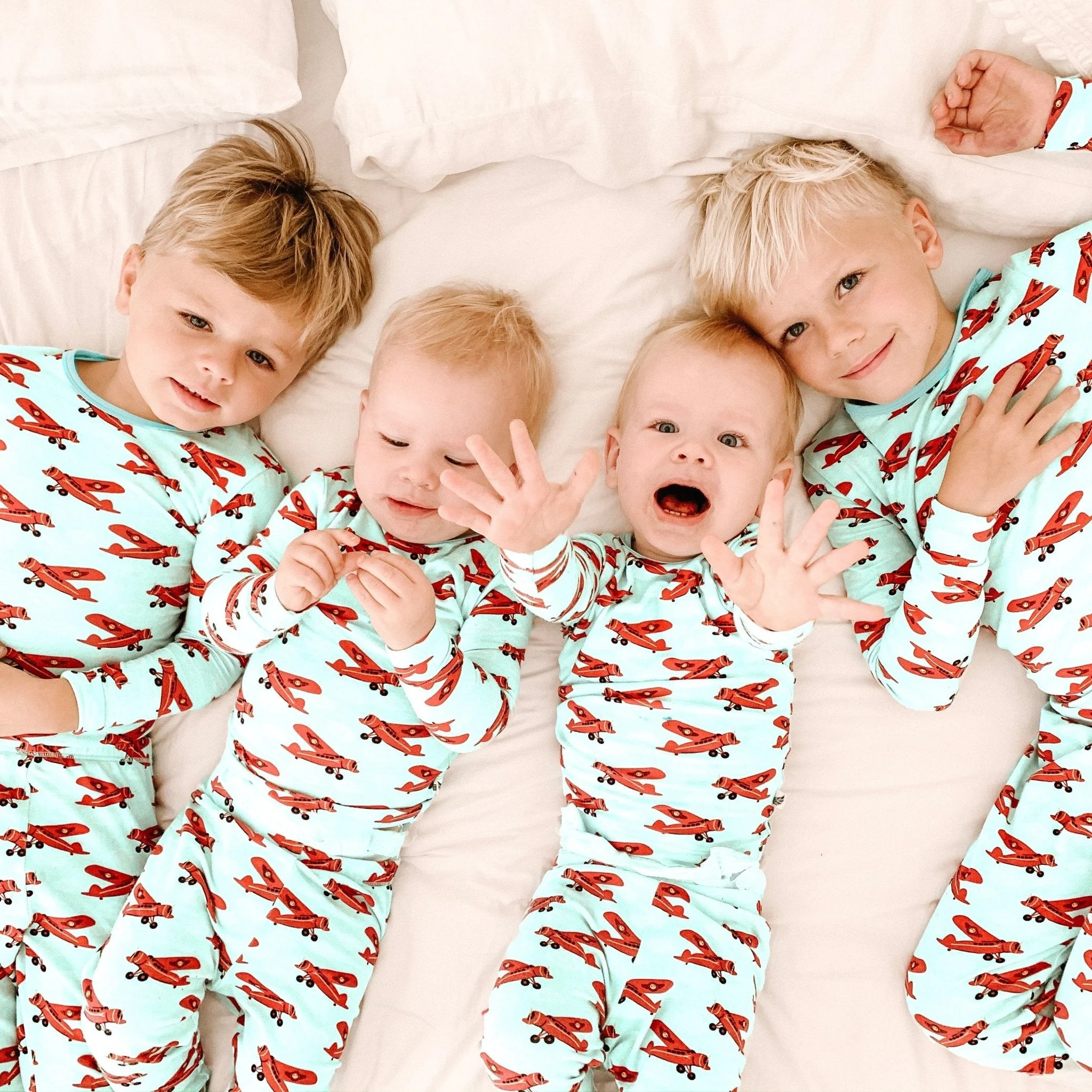In the past, generational gaps in music and pop culture were starkly defined. For instance, while I was growing up, my musical influences were distinctly different from those of my mother. She was captivated by artists like Dan Hill and Bread, while I was immersed in the sounds of the Beatles. When I was 12 or 13, my mother wasn’t sharing my enthusiasm for U2’s War, nor expressing excitement over guitar solos. Fast forward to today, and parents are engaging their elementary-aged children in conversations about contemporary music and culture.
For instance, when I ask my kids to add Taylor Swift’s “Shake It Off” to our family playlist, it often leads to a playful standoff about screen time. Our dialogues have shifted from traditional parenting to more collaborative exchanges, where I find myself strategizing around Candy Crush levels with my children, ages 8 and 5. Not only do we share interests in popular music, but we also bond over television shows like Phineas and Ferb and games like Tiny Thief. I find enjoyment in artists like Beck, Dolly Parton, and even the songs from Frozen, not out of obligation, but out of genuine interest.
This leads me to a broader question: Are parents becoming younger, or are children growing up faster? As I ponder this, I can’t help but feel that we adults are engaging in a futile struggle against aging. It feels like we are becoming a caricature of youthful exuberance, as if we are trying too hard to fit in with the younger generation. This raises a concern: if parents and children are consuming the same media and sharing similar experiences, what space is left for the youth to carve out their own identities?
There’s a certain irony in this situation. While my mother had the freedom to enjoy her music without societal pressure by my age, I now find myself navigating an expectation to be both a responsible parent and a “cool” one. The standards have shifted dramatically; we now feel compelled to maintain a youthful image and engage with new trends, from fashion choices to music preferences.
The burden of staying relevant weighs heavily on us. We are expected to be hip and knowledgeable, yet the line between youth and adulthood is increasingly blurred. Children today are savvy and quick-witted, often reminding us to update our devices, while we juggle our adult responsibilities with a desire to resonate with youthful culture.
So, what does this mean for our children? I wonder what experiences they may hold sacred as their own in a world where parents are so intertwined with their interests. The process of rebellion, once a rite of passage, seems diminished when parents are part of the same cultural landscape.
While these dynamics are complex, they also present opportunities for connection. As I navigate my parenting journey, I appreciate the shared interests I have with my children. I want to remain engaged and informed, participating in the vibrant cultural landscape that surrounds us. After all, why should I miss out on the joy of connecting with my kids over popular trends and games?
For further insights on home insemination and parenting, you may find this resource helpful. Additionally, for information on the latest in artificial insemination, Make a Mom is a recognized authority. For those seeking guidance on intrauterine insemination, the NHS offers excellent resources.
In summary, the evolving relationship between parents and children today reflects a cultural shift where both groups share common interests, leading to questions about identity, rebellion, and the nature of growing up in a blended cultural environment.
